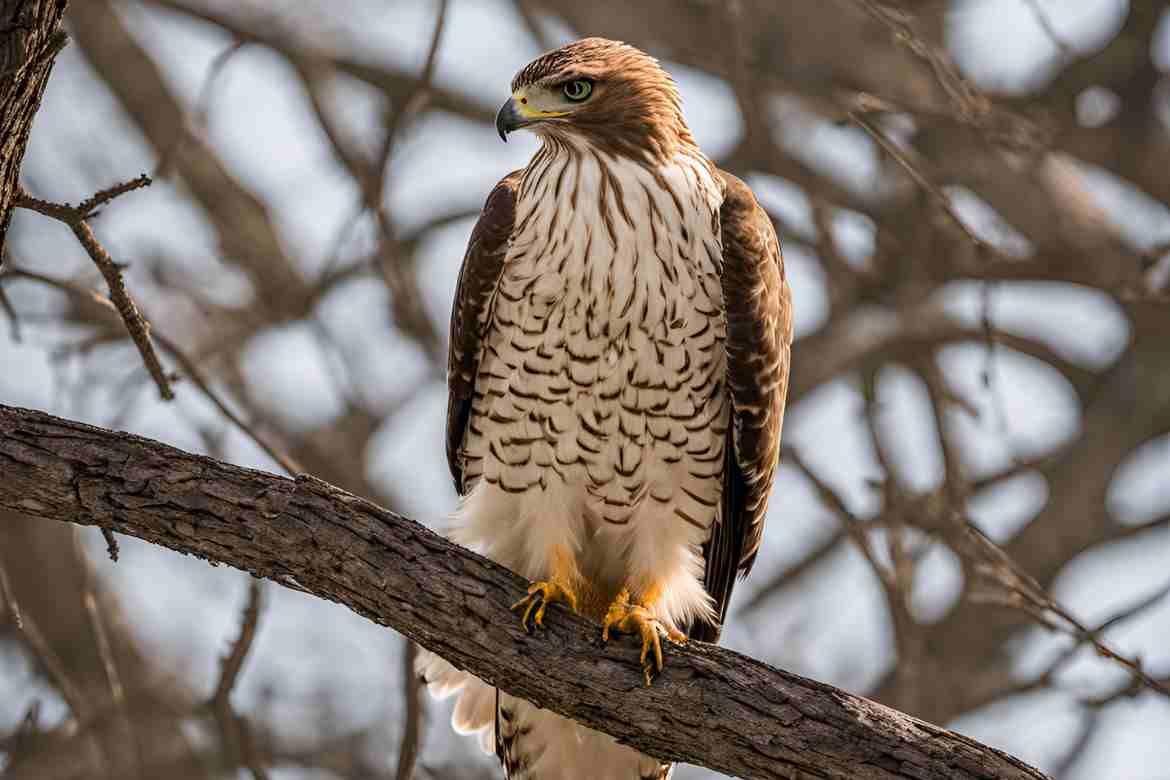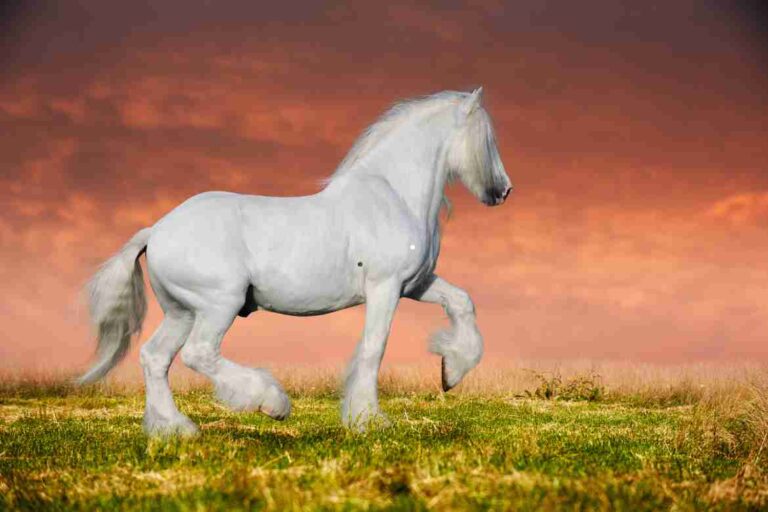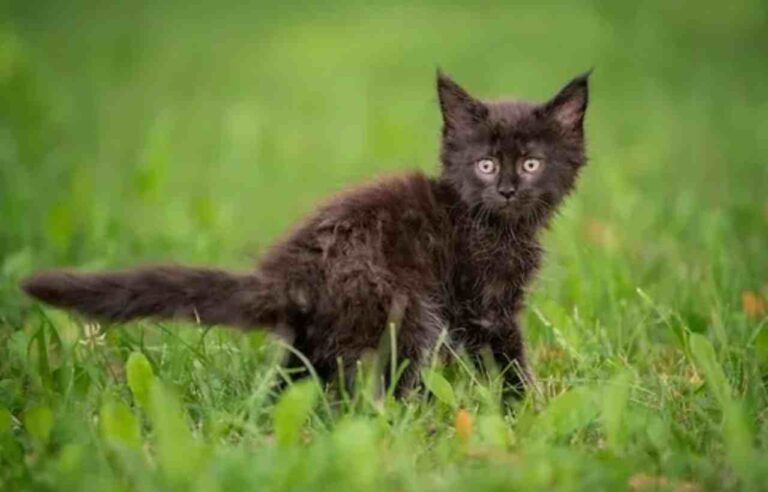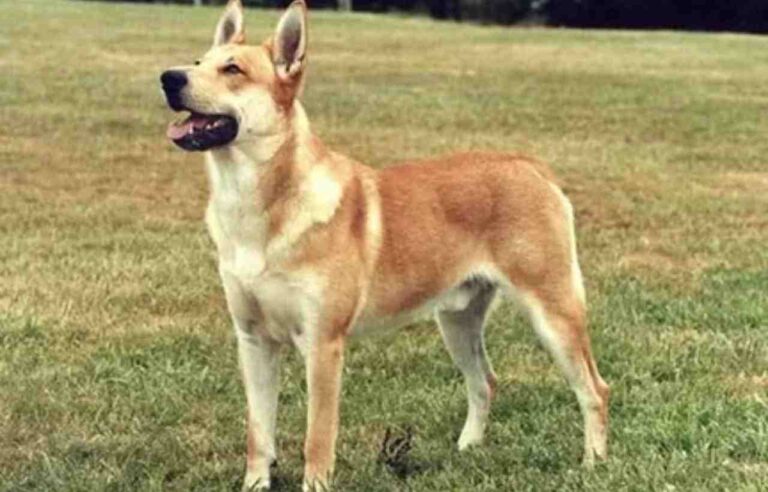hawks in michigan: A Comprehensive Guide
Michigan, with its diverse landscapes and rich ecosystems, is home to a fascinating variety of bird species. Among these, hawks are some of the most captivating, symbolizing strength, vision, and agility. This article delves deep into the hawks of Michigan, their habitats, behaviors, and importance to the state’s ecology.
1. Overview of Hawks in Michigan
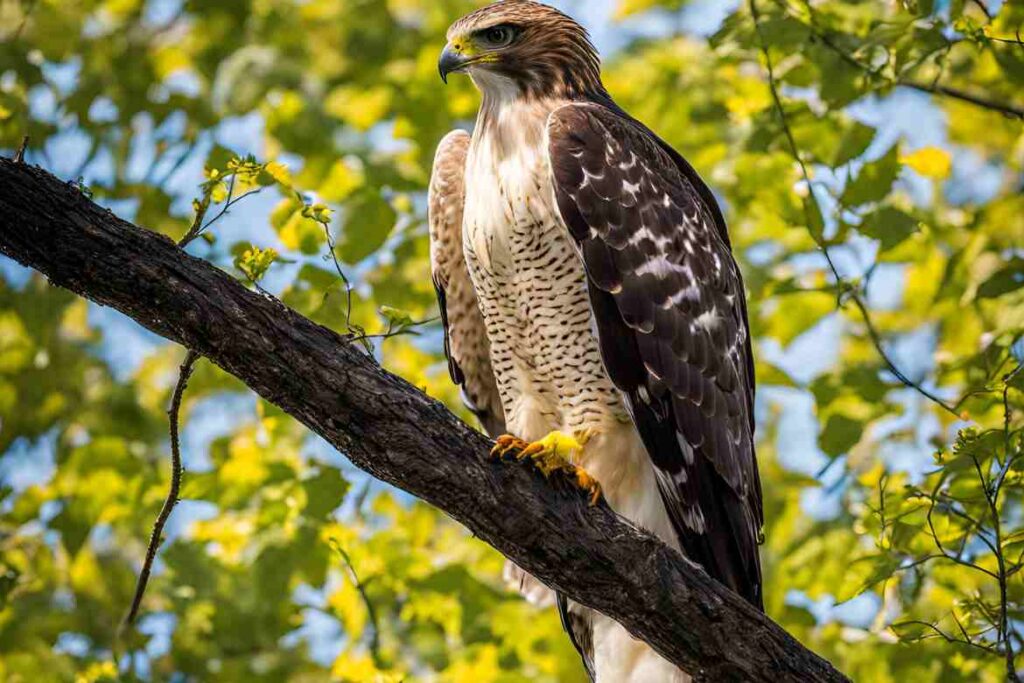
Hawks are raptors, or birds of prey, belonging to the family Accipitridae. They are known for their keen eyesight, sharp talons, and hooked beaks, which make them formidable hunters. Michigan’s varied geography, including forests, wetlands, and open fields, provides an ideal habitat for many hawk species.
Common Hawk Species in Michigan
Michigan is home to several hawk species, ranging from residents that stay year-round to migrants that pass through during certain seasons. Some of the most common include:
- Red-tailed Hawk
- Cooper’s Hawk
- Sharp-shinned Hawk
- Northern Harrier
- Broad-winged Hawk
- Rough-legged Hawk
2. The Red-Tailed Hawk: Michigan’s Most Iconic Hawk
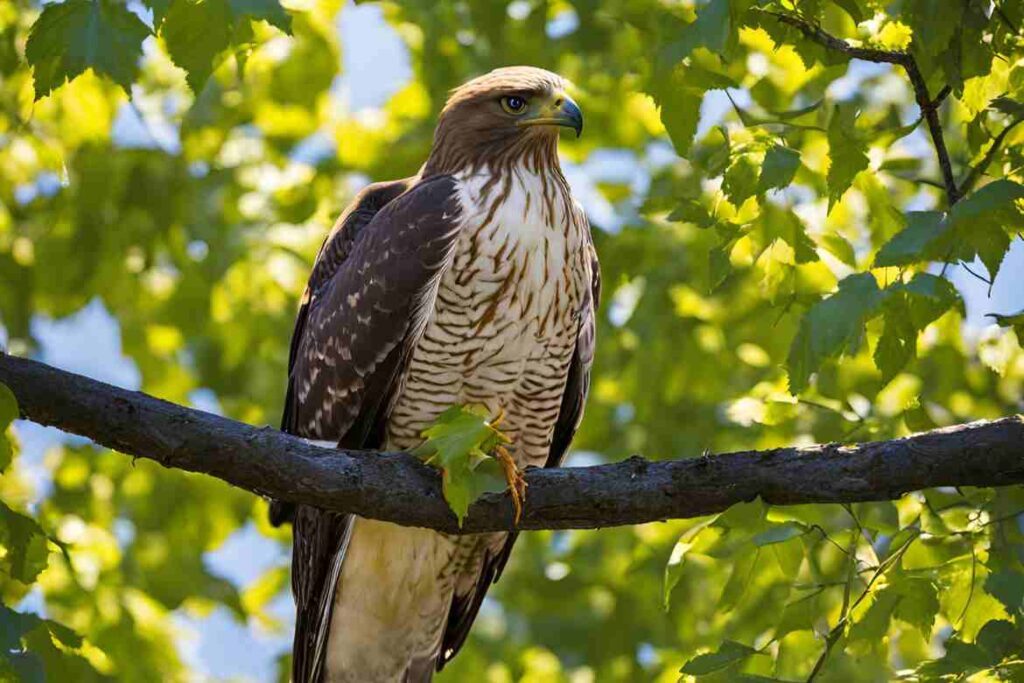
The Red-tailed Hawk is the most widespread hawk in Michigan and across North America. Recognizable by its reddish-brown tail and broad wings, this bird is a frequent sight perched on telephone poles or soaring over fields.
Physical Characteristics
- Size: 18-26 inches in length with a wingspan of up to 56 inches.
- Coloring: Brownish upperparts with a pale underside, often streaked.
- Tail: Rusty red, especially noticeable in adults.
Habitat and Behavior
Red-tailed Hawks are adaptable, found in forests, grasslands, and even urban areas. They primarily feed on small mammals like rodents but are opportunistic hunters that can prey on reptiles, birds, and insects.
Explore more info about: How Many Crows Make A Murder?
3. Cooper’s Hawk and Sharp-Shinned Hawk: Forest Dwellers
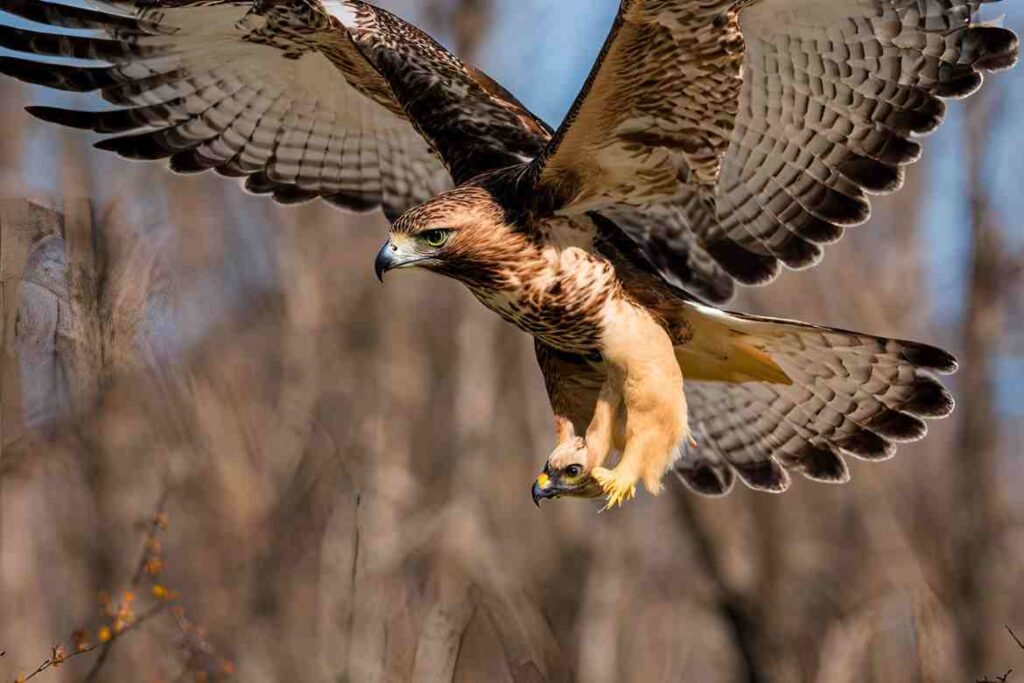
Cooper’s Hawk
This medium-sized hawk is a stealthy predator, known for its agility and speed. It thrives in wooded areas but is also seen in suburban environments.
- Size: 14-20 inches in length with a wingspan of up to 37 inches.
- Diet: Small birds, often caught mid-flight.
- Behavior: Cooper’s Hawks are secretive and adept at navigating dense forests to ambush prey.
Sharp-Shinned Hawk
Similar in appearance to the Cooper’s Hawk but smaller, the Sharp-shinned Hawk is another forest dweller known for its hunting prowess.
- Size: 9-13 inches in length with a wingspan of up to 22 inches.
- Diet: Primarily small songbirds.
- Behavior: These hawks are agile fliers, often seen darting through trees in pursuit of prey.
Explore more info about: what do bichon frise usually die from?
4. Northern Harrier: The Grassland Specialist
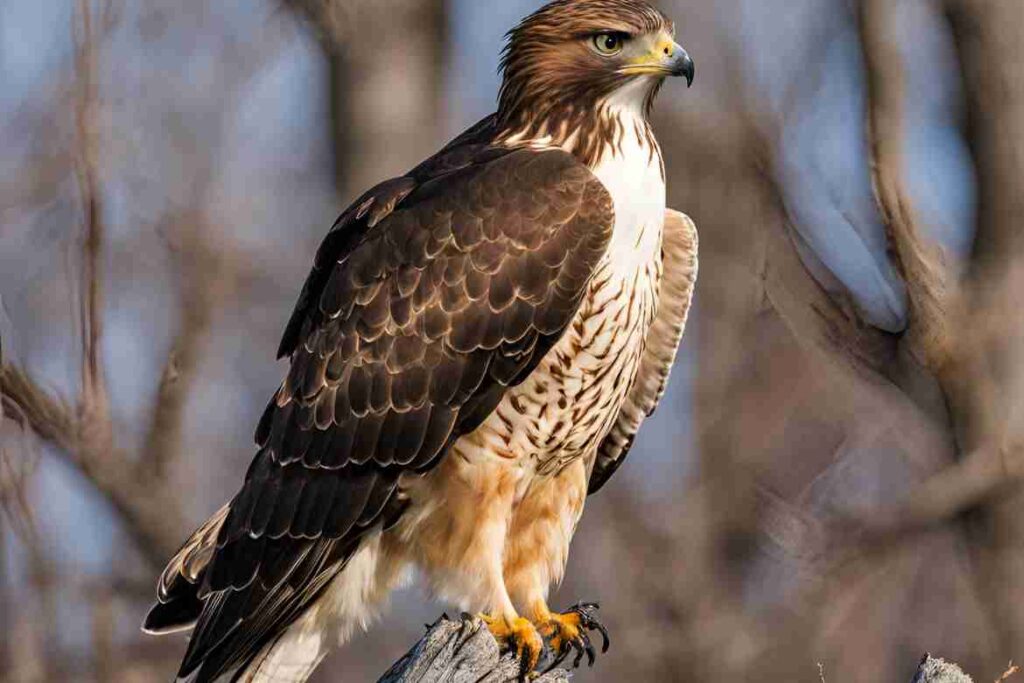
The Northern Harrier also known as the Marsh Hawk, is unique among Michigan hawks for its ground-hunting techniques and reliance on open habitats.
Physical Characteristics
- Size: 16-20 inches in length with a wingspan of up to 48 inches.
- Coloring: Males are gray with white underparts; females and juveniles are brown.
- Notable Feature: A distinctive white patch on the rump.
Habitat and Behavior
Northern Harriers are commonly found in marshes, grasslands, and agricultural fields. They fly low over the ground, using their acute hearing to locate prey such as rodents and small birds.
Explore more info about: can chickens eat broccoli?
5. Broad-Winged Hawk: The Seasonal Migrant
Broad-winged Hawks are best known for their impressive migratory behavior, forming large groups called kettles during their seasonal movements.
Physical Characteristics
- Size: 13-17 inches in length with a wingspan of up to 39 inches.
- Coloring: Dark brown above and barred below, with a banded tail.
Migration
- Broad-winged Hawks migrate to Central and South America during the winter months.
- In Michigan, they are primarily seen in spring and fall during migration periods.
6. Rough-Legged Hawk: A Winter Visitor
The Rough-legged Hawk migrates to Michigan during the winter, favoring open fields and tundra-like habitats.
Physical Characteristics
- Size: 18-24 inches in length with a wingspan of up to 55 inches.
- Coloring: Varies from light to dark morphs, with feathered legs providing insulation in cold climates.
Diet and Behavior
- Diet: Small mammals, especially voles.
- Behavior: They are often seen hovering over fields, a behavior known as kiting, while searching for prey.
7. Hawk Conservation in Michigan
Hawks play a vital role in Michigan’s ecosystems by controlling populations of rodents and other small animals. However, they face threats such as habitat loss, pollution, and climate change.
Threats to Hawks
- Habitat Destruction: Urbanization and agricultural expansion reduce suitable nesting and hunting grounds.
- Pesticides: Chemicals like rodenticides can poison hawks indirectly through their prey.
- Climate Change: Altered migration patterns and changing habitats affect hawk populations.
Conservation Efforts
- Michigan’s numerous state parks and wildlife refuges provide critical habitats for hawks.
- Organizations like the Michigan Audubon Society work to educate the public and promote conservation initiatives.
- Citizen science programs, such as hawk-watching events, help monitor populations and raise awareness.
8. Hawk Watching in Michigan
Michigan offers excellent opportunities for hawk enthusiasts to observe these majestic birds in their natural habitats.
Best Times for Hawk Watching
- Spring and Fall: Migration seasons bring an influx of hawks, especially Broad-winged Hawks.
- Winter: Species like the Rough-legged Hawk are more visible in open areas.
Top Hawk-Watching Locations
- Hawk Ridge: Known for its spectacular views of migrating raptors.
- Sleeping Bear Dunes National Lakeshore: Offers diverse habitats for resident and migratory hawks.
- Point Mouillee State Game Area: A prime spot for observing Northern Harriers and other hawks.
9. Fun Facts About Hawks
- Hawks’ eyesight is eight times sharper than humans, allowing them to spot prey from great distances.
- The Red-tailed Hawk’s call is often used in movies to represent all birds of prey.
- Hawks can reach speeds of up to 120 mph during a hunting dive.
Conclusion
Hawks are an integral part of Michigan’s natural heritage, embodying the beauty and power of the state’s wildlife. From the iconic Red-tailed Hawk to the elusive Northern Harrier, each species contributes uniquely to the ecosystem. Protecting these magnificent birds and their habitats ensures that future generations can continue to marvel at their grace and strength.
- Mexican Red Headed Bird: A Brilliant Avian Wonder - January 16, 2025
- Can Turkeys Eat Bread? - January 15, 2025
- crocodile and plover bird relationship articles for students - January 12, 2025

